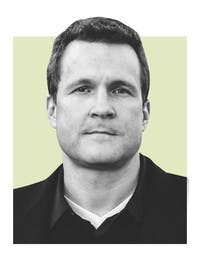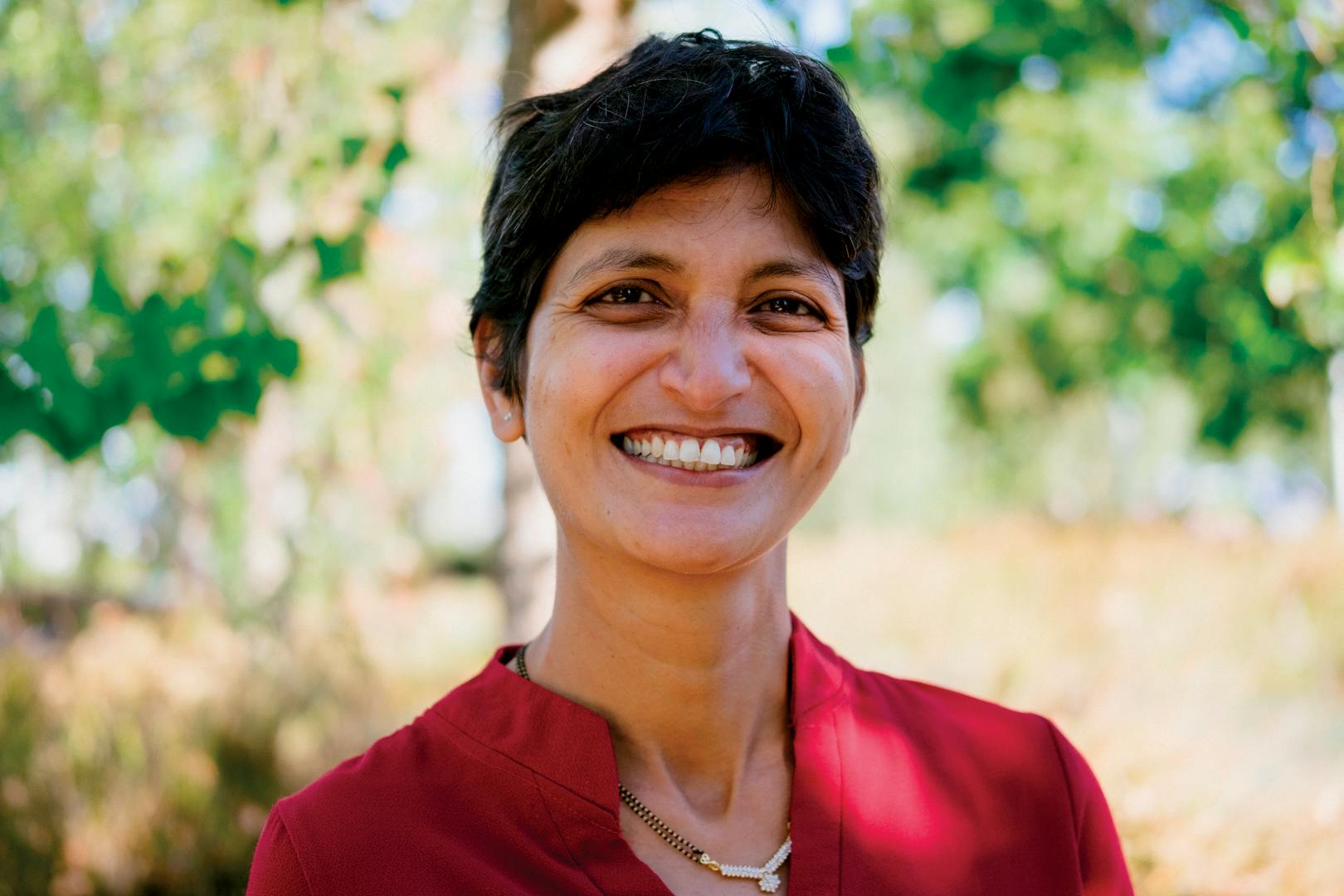Facebook's massive size and influence means it must tread carefully, often constrained by an awareness of unintended consequences, potential liability, and the public’s increasing sensitivity to privacy and security issues. Perhaps as a result, a recent Facebook initiative facilitating blood donations in India, Pakistan, and Bangladesh has flown largely under the radar in the Western press—good for keeping it uncontroversial, but unfortunate that such a positive program hasn’t gotten more attention. That may be changing, though, as Facebook looks to upgrade the program with more advanced tools, more versatile controls, and heightened visibility.
Hema Budaraju, product manager for health at Facebook, started with the company working on the Events product. The experience of leveraging the platform’s power of connection prepared her to move over to health—in Facebook’s world, a vast environment of thousands of user groups and pages focused on everything from rare diseases to clinical trials. It turns out people have been using Facebook for a long time to seek out blood donations all over the world, both as individuals in need and organizations promoting blood drives.
Such groups “were one of the inspirations to start the program,” said Budaraju. “We are inspired when we see activity on the platform that helps us figure out we can help people in better ways. … Very steady activity, not a blip. We work with large organizations, like the World Health Organization, and then spend time on the ground, in the field, talking to health experts, institutions, blood banks … people looking for donors, people who have donated, people who had wanted to donate but did not.”
The first iteration of the initiative was quite simple. Rolled out in October 2017, it allowed users in India to edit their profiles to signal interest in donating blood. By default this status was private, though users could share it if they chose. People or groups in need of blood could then create a special Facebook post that would in turn anonymously notify nearby potential donors, who could opt to get in touch to arrange a donation.
The program quickly took off in India, and it was promptly rolled out to Pakistan and Bangladesh. More than 8 million people have signed up as potential donors, leading Facebook to allocate more resources to developing it further and laying the groundwork for future expansion. In June 2018, Facebook elevated blood donation to the level of Groups and Events, with a suite of new infrastructure to support it. Even so, Budaraju knows this is far from an easy fix. “I’d love to see us significantly making a difference in the blood shortage in these countries,” she said. “A blood shortage is not a problem you can solve in a day, or in six months.”
Budaraju identifies four areas of focus determining the path forward. “First,” she said, “why is it that people aren’t looking for blood donors on their own? … There is not enough education or awareness that there is a blood shortage. You only need 1–1.5 percent of a country’s population to donate to have sustainable access to blood. That would be 13 million donors in India.”
“Second,” she continued, “how do you connect these donors to people and organizations who need blood? Since we know donors that are close by to blood banks in need, we can send Facebook notifications to those donors. Third, how do we help blood drives? On a massive scale, how can we help organizations across India, for example, do blood drives and proactively build the blood supply? We need to set up blood drives before the peak of summer, before the month of Ramadan. So we are creating tools to set up these blood drives.”
Lastly, Budaraju says a central hub for all blood donations will make it easier to collect and display “all opportunities near users—people and organizations looking for blood, blood drives, walk-in centers. This is a proactive way to help organizations make a dent in the need.” Depending on how the improved blood donation initiative performs, Facebook will explore rolling it out elsewhere. Clearly, privacy is much on the mind of everyone at Facebook these days, and Budaraju is quick to offer reassurances regarding the handling of user information as intimate as blood type. “People should know they are in control of their data and information,” she explained. “We are very intentional in how we have built the product. … One, for simplicity—there are people operating in low-connectivity situations, serious life situations. And we have built the product for high user privacy—data is never shared. All the relevant information is shared only with [potential donors,] so they can make a choice. Donors have all the controls, and they choose to opt in to provide the service or not.”
Even a cursory search on Facebook for blood donations quickly transforms the issue from policy to personal. Budaraju has heard many such stories while talking to donors in the field. “During a blood drive in Hyderabad,” she recollected, “I ran into a mother and daughter. The mother was a teacher, 65 years old, who said she always wanted to donate but had been turned away due to one condition or another. She told me, ‘I’m a teacher, I tell my students that donating blood is important, and I feel unfulfilled because I’ve never been able to.’ Her daughter signed up as a donor on Facebook, received the notification for the blood drive, and she brought her mom. … This time her mom was able to donate, and she said that was the proudest moment for her. But it was equally inspiring for me. I’m just glad I met her.”












